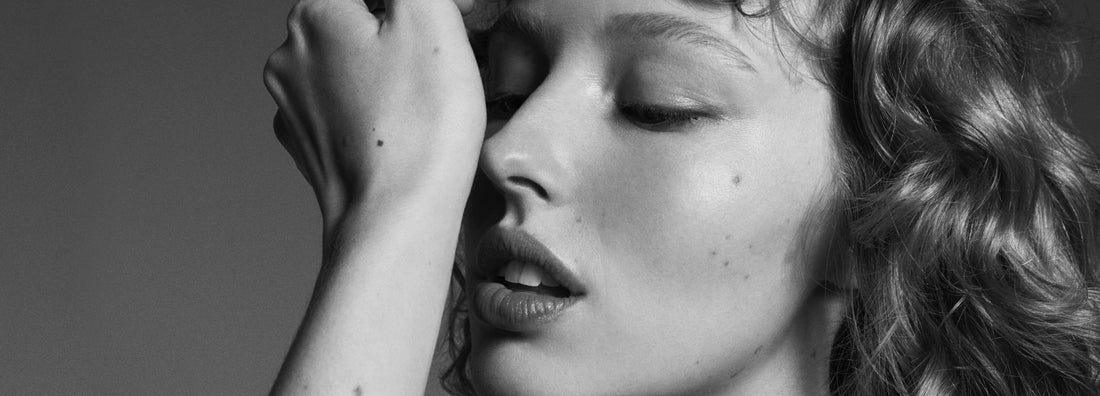
Oud Scent in Perfumery
Share
What Is Oud?
The Arabic word for wood, oud, is extracted from agarwood, which is the resin created by Aquilaria trees. Oud is revered for its animalic, earthy, dark and rich woody scent profile. Oud oil is known to be one of the most expensive botanical ingredients in the world when it comes to perfume raw materials. Many sources list the cost of oud at $5,000 per pound. Due to both the cost and scarcity of natural oud, safe synthetic variations of oud are used in modern day fragrances.
Origin:
Oud is created from agarwood trees which are primarily found in Southeast Asia, most commonly in India and Sri Lanka. Oud oil is the resin distillate produced by agarwood trees, which are a type of evergreen tree. Oud is very rare, as only a small portion of Aquilaria trees actually produce agarwood/oud. When the oil from agarwood has aged, it becomes intensely fragrant and aromatic. Oud oil smells differently depending on its age and the region it was derived from. Due to the popularity of oud oil in fragrances, the Aquilaria tree moved from a ‘‘vulnerable’ to a ‘critically endangered’ species according to the ICUN in 2018. In order to protect the Aquilaria species, Asian countries have shifted to the mass plantation of Aquilaria trees to sustainably obtain agarwood to produce oud.
Function:
Oud is most commonly used as a base note of a fragrance due to the strength and complexity of the scent. The complex nature of oud also contributes to a longer-lasting scent on the skin. Using oud as a base note can enhance other scents incorporated into a fragrance as top notes.
Ingredient Type:
Oud is naturally occurring botanical material, but can also be developed into a safe synthetic. Due to the high costs associated with the harvesting and production of oud, synthetic versions of oud are commonly used in modern day fragrances. Considering oud is a very complex scent, synthetic versions of oud do not smell identical to the naturally occurring botanical. However, extracting partial elements of oud to be produced synthetically can bring about an even more pleasant scent in comparison to natural oud which can be quite unique. Synthetic variations of oud are known to smell a bit sweeter than the traditionally purely earthy fragrance.
What Does Oud Smell Like?
Oud has a dark and rich woody scent profile. Oud is known to add a warm, sweet, and earthy scent profile to fragrances. It is known for having a stronger scent profile and is generally used as a base note in fragrances. Using oud as a base note of a fragrance can provide a strong and long-lasting scent and can even amplify the scents of other ingredients included in a fragrance.
What Fragrance Family is Oud in?
Oud is in the woody fragrance family, which is associated with warm, wood scents that often have a twist of floral, fruity, or herbal notes. Oud can be both earthy and sweet.
Phlur Perfumes Containing Oud:
No Phlur fragrances utilize oud materials at this time.
